Necessary cookies help make a website usable by enabling basic functions like page navigation and access to secure areas of the website. The website cannot function properly without these cookies.
We do not use cookies of this type.
Marketing cookies are used to track visitors across websites. The intention is to display ads that are relevant and engaging for the individual user and thereby more valuable for publishers and third party advertisers.
We do not use cookies of this type.
Analytics cookies help website owners to understand how visitors interact with websites by collecting and reporting information anonymously.
We do not use cookies of this type.
Preference cookies enable a website to remember information that changes the way the website behaves or looks, like your preferred language or the region that you are in.
We do not use cookies of this type.
Unclassified cookies are cookies that we are in the process of classifying, together with the providers of individual cookies.
We do not use cookies of this type.


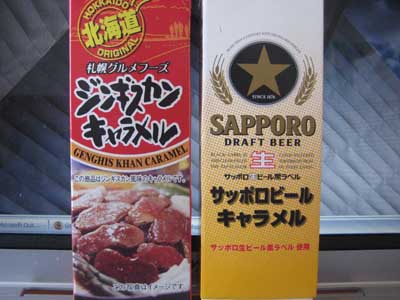
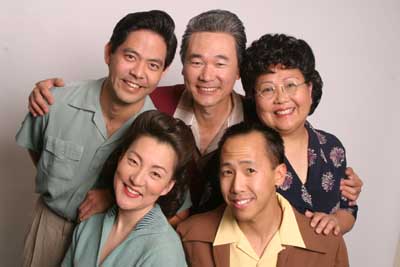
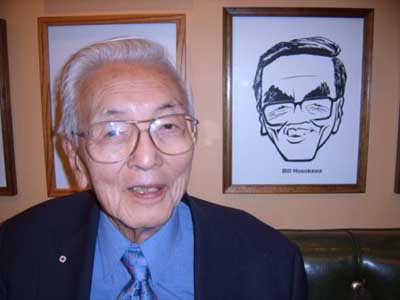 Bill Hosokawa in 2005, sitting next to a caricature at the Denver Press Club
Bill Hosokawa in 2005, sitting next to a caricature at the Denver Press Club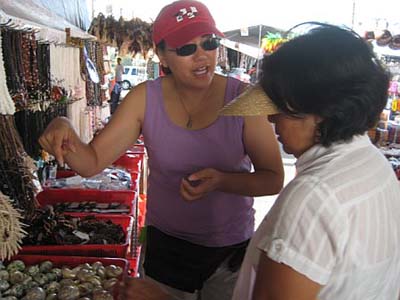 We ended the week with a flurry of shopping at the famous Flea Market at Aloha Stadium.
We ended the week with a flurry of shopping at the famous Flea Market at Aloha Stadium. We didn't see many geckoes during our visit, but here's one tiny one we saw next to a sculpture of a gecko, outside Richela's front door.
We didn't see many geckoes during our visit, but here's one tiny one we saw next to a sculpture of a gecko, outside Richela's front door.
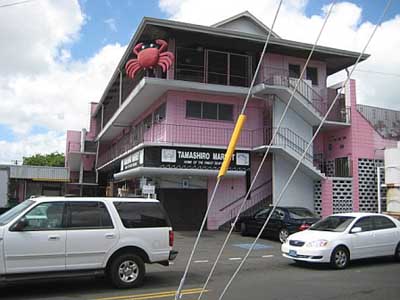 Tamashiro Market, a jam packed shop on a busy street corner. Bill took us there for corn flake cookies, which were, as promised, fantastic.
Tamashiro Market, a jam packed shop on a busy street corner. Bill took us there for corn flake cookies, which were, as promised, fantastic.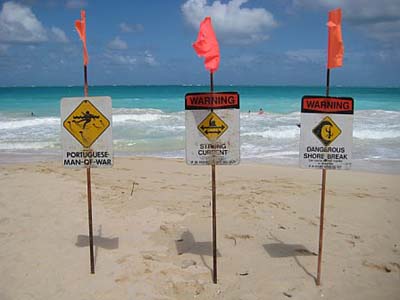 One of the beaches Richela drove us to along the eastern shore of Oahu.
One of the beaches Richela drove us to along the eastern shore of Oahu.

